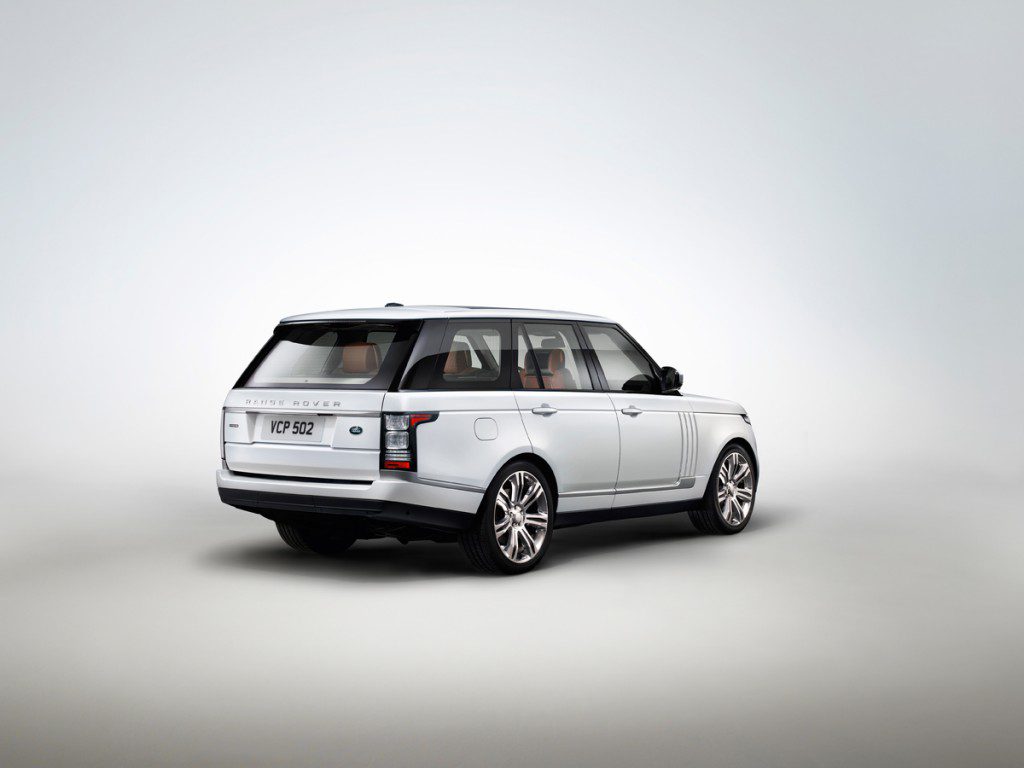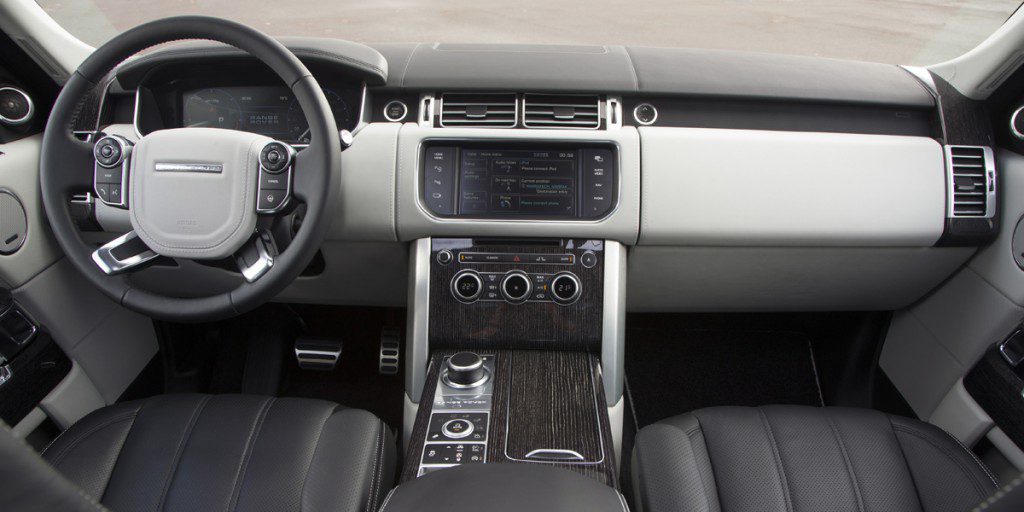| Premium large SUV; Built in |
|
|
| Good condition price range: $61,700 – $151,600* |

2014 Land Rover Range Rover

2014 Land Rover Range Rover

2014 Land Rover Range Rover
| Pros: |
|
| Cons: |
|
Few SUVs can come close to matching the Range Rover’s combination of good driving dynamics, luxurious accommodations, superb off-road ability, and country-club curb appeal. None of that comes cheap, however, as this is one of the most expensive SUVs around. Most buyers probably don’t need all the Range Rover has to offer, and as such, will likely find better value elsewhere.
Overview
This was the flagship vehicle in the Land Rover product portfolio. Designed to go just about anywhere, the Range Rover was a popular choice for sports stars, Hollywood celebs, and the country-club set who would never set a wheel off road.
Range Rover came only as a 4-door wagon with an upper liftgate and drop-down tailgate. All-wheel drive and V8 power were standard. Styled, engineered, and built in Britain, the Range Rover competed against Yankees such as the Cadillac Escalade and Lincoln Navigator, Germans such as the Audi Q7 and Mercedes-Benz GL-Class, and Japanese such as the Infiniti QX56, Lexus LX 570, and Toyota Land Cruiser. However, while most SUVs in this price class had three rows of seats, the Range Rover only had two. Seating for 5 was standard, with an optional high-end seating package reduced that to 4.
At introduction, a 5.0-liter V8 with 375 horsepower was the base engine, while Supercharged and Autobiography got a supercharged version of that engine with 510 horsepower. For 2014, a 340-horsepower supercharged V6 replaced the naturally aspirated 5.0-liter V8 as the base engine. The supercharged V8 carried on unchanged. All were mated to an 8-speed automatic transmission.
Per Land Rover tradition, all-wheel drive was standard, and it included low-range gearing for off-road use.
In addition to the expected safety features, Range Rovers came standard with a driver knee airbag, front- and rear-obstacle detection, and rearview camera. Also offered were blind-spot alert, cross-traffic alert, and a surround-view camera.
Yearly Updates
| 2013 Range Rover For 2014, Land Rover’s flagship vehicle got a new supercharged 3.0-liter V6 engine with a fuel-saving start/stop feature as its base engine. The new V6 replaced the previous naturally aspirated 5.0-liter V8; the topline Supercharged 5.0 carried over unchanged. |
